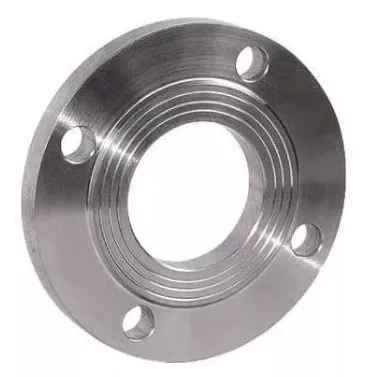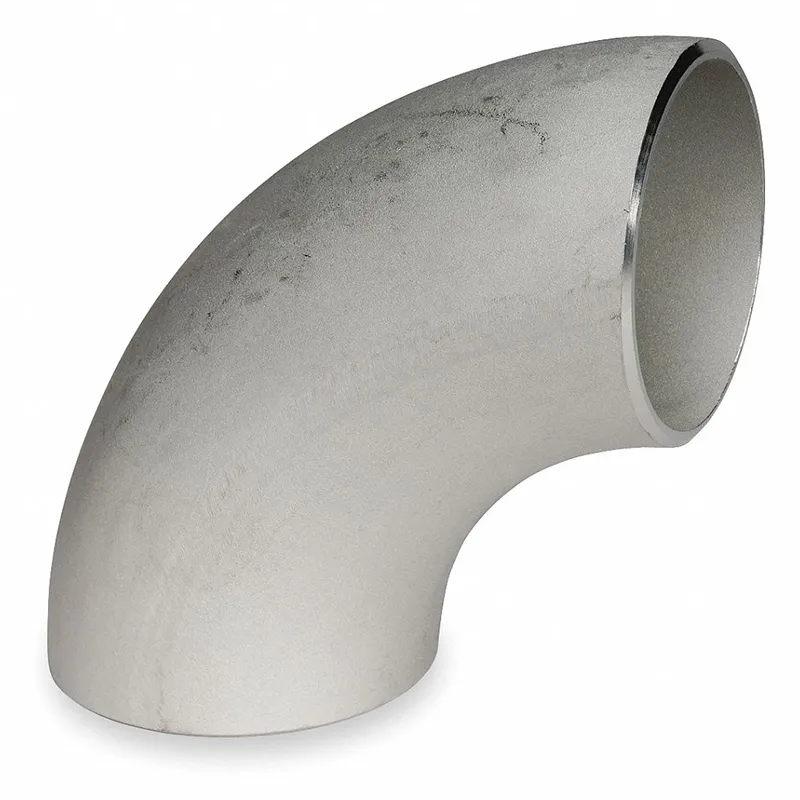-
Cangzhou Yulong Steel Co., Ltd.
-
Phone:
+86 13303177267 -
Email:
admin@ylsteelfittings.com
- English
- Arabic
- Italian
- Spanish
- Portuguese
- German
- kazakh
- Persian
- Greek
- French
- Russian
- Polish
- Thai
- Indonesian
- Vietnamese
- Zulu
- Korean
- Uzbek
- Hindi
- Serbian
- Malay
- Ukrainian
- Gujarati
- Haitian Creole
- hausa
- hawaiian
- Hebrew
- Miao
- Hungarian
- Icelandic
- igbo
- irish
- Japanese
- Javanese
- Kannada
- Khmer
- Rwandese
- Afrikaans
- Albanian
- Amharic
- Armenian
- Azerbaijani
- Basque
- Belarusian
- Bengali
- Bosnian
- Bulgarian
- Catalan
- Cebuano
- China
- China (Taiwan)
- Corsican
- Croatian
- Czech
- Danish
- Esperanto
- Estonian
- Finnish
- Frisian
- Galician
- Georgian
- Kurdish
- Kyrgyz
- Lao
- Latin
- Latvian
- Lithuanian
- Luxembourgish
- Macedonian
- Malgashi
- Malayalam
- Maltese
- Maori
- Marathi
- Mongolian
- Myanmar
- Nepali
- Norwegian
- Norwegian
- Occitan
- Pashto
- Dutch
- Punjabi
- Romanian
- Samoan
- Scottish Gaelic
- Sesotho
- Shona
- Sindhi
- Sinhala
- Slovak
- Slovenian
- Somali
- Sundanese
- Swahili
- Swedish
- Tagalog
- Tajik
- Tamil
- Tatar
- Telugu
- Turkish
- Turkmen
- Urdu
- Uighur
- Welsh
- Bantu
- Yiddish
- Yoruba

មករា . 31, 2025 03:34 Back to list
butt welding pipe fittings
Pipeline welding is a critical component in various industries, serving as the backbone for transporting vital resources such as oil, gas, water, and chemicals across vast distances. This meticulous process requires not only technical expertise but also adherence to stringent safety and quality standards. Pipeline welding ensures that these conduits remain leak-proof and structurally sound throughout their operational life.
Moreover, pipeline welding crews often work in challenging environments, requiring adaptability and a problem-solving mindset. From remote areas with extreme climates to underwater locations demanding specialized techniques like hyperbaric welding, these professionals are adept at tailoring their approach to suit the specific challenges they face. Success in pipeline welding is not solely dependent on technical acumen; it also hinges on effective project management. Coordinating logistics for materials, equipment, and personnel while adhering to timelines is crucial to avoid costly delays and ensure seamless project execution. Innovation in pipeline welding extends to environmental considerations. Modern practices aim to minimize the ecological impact of welding activities, utilizing environmentally friendly consumables and implementing stringent waste management protocols. This commitment to sustainability underscores the industry's dedication to preserving the environment while fulfilling its role in infrastructure development. In the realm of pipeline construction and maintenance, the concept of experience transcends years of practice. It encapsulates an ingrained understanding of welding processes, an ability to foresee potential issues, and a dedication to ongoing learning. Experienced welders continuously refine their skills through training and adaptation to new technologies, ensuring they remain at the forefront of industry advancements. Addressing safety is paramount in all pipeline welding operations. Companies invest significantly in training programs that emphasize the importance of safety gear, proper equipment handling, and adherence to established safety procedures. This rigorous approach to safety not only protects welders but also safeguards the surrounding environment and communities. Ultimately, the artistry of pipeline welding resides in the harmonious blend of science and skill. It demands a detailed understanding of mechanical properties and the ability to manipulate them effectively through welding processes. As industries continue to rely on pipelines for resource transportation, the role of skilled welders becomes increasingly pivotal in maintaining the integrity and functionality of these essential infrastructures.


Moreover, pipeline welding crews often work in challenging environments, requiring adaptability and a problem-solving mindset. From remote areas with extreme climates to underwater locations demanding specialized techniques like hyperbaric welding, these professionals are adept at tailoring their approach to suit the specific challenges they face. Success in pipeline welding is not solely dependent on technical acumen; it also hinges on effective project management. Coordinating logistics for materials, equipment, and personnel while adhering to timelines is crucial to avoid costly delays and ensure seamless project execution. Innovation in pipeline welding extends to environmental considerations. Modern practices aim to minimize the ecological impact of welding activities, utilizing environmentally friendly consumables and implementing stringent waste management protocols. This commitment to sustainability underscores the industry's dedication to preserving the environment while fulfilling its role in infrastructure development. In the realm of pipeline construction and maintenance, the concept of experience transcends years of practice. It encapsulates an ingrained understanding of welding processes, an ability to foresee potential issues, and a dedication to ongoing learning. Experienced welders continuously refine their skills through training and adaptation to new technologies, ensuring they remain at the forefront of industry advancements. Addressing safety is paramount in all pipeline welding operations. Companies invest significantly in training programs that emphasize the importance of safety gear, proper equipment handling, and adherence to established safety procedures. This rigorous approach to safety not only protects welders but also safeguards the surrounding environment and communities. Ultimately, the artistry of pipeline welding resides in the harmonious blend of science and skill. It demands a detailed understanding of mechanical properties and the ability to manipulate them effectively through welding processes. As industries continue to rely on pipelines for resource transportation, the role of skilled welders becomes increasingly pivotal in maintaining the integrity and functionality of these essential infrastructures.
Next:
Latest news
-
ANSI 150P SS304 SO FLANGE
NewsFeb.14,2025
-
ASTM A333GR6 STEEL PIPE
NewsJan.20,2025
-
ANSI B16.5 WELDING NECK FLANGE
NewsJan.15,2026
-
ANSI B16.5 SLIP-ON FLANGE
NewsApr.19,2024
-
SABS 1123 FLANGE
NewsJan.15,2025
-
DIN86044 PLATE FLANGE
NewsApr.19,2024
-
DIN2527 BLIND FLANGE
NewsApr.12,2024
-
JIS B2311 Butt-Welding Fittings LR/SR 45°/90° /180°Seamless/Weld
NewsApr.23,2024











